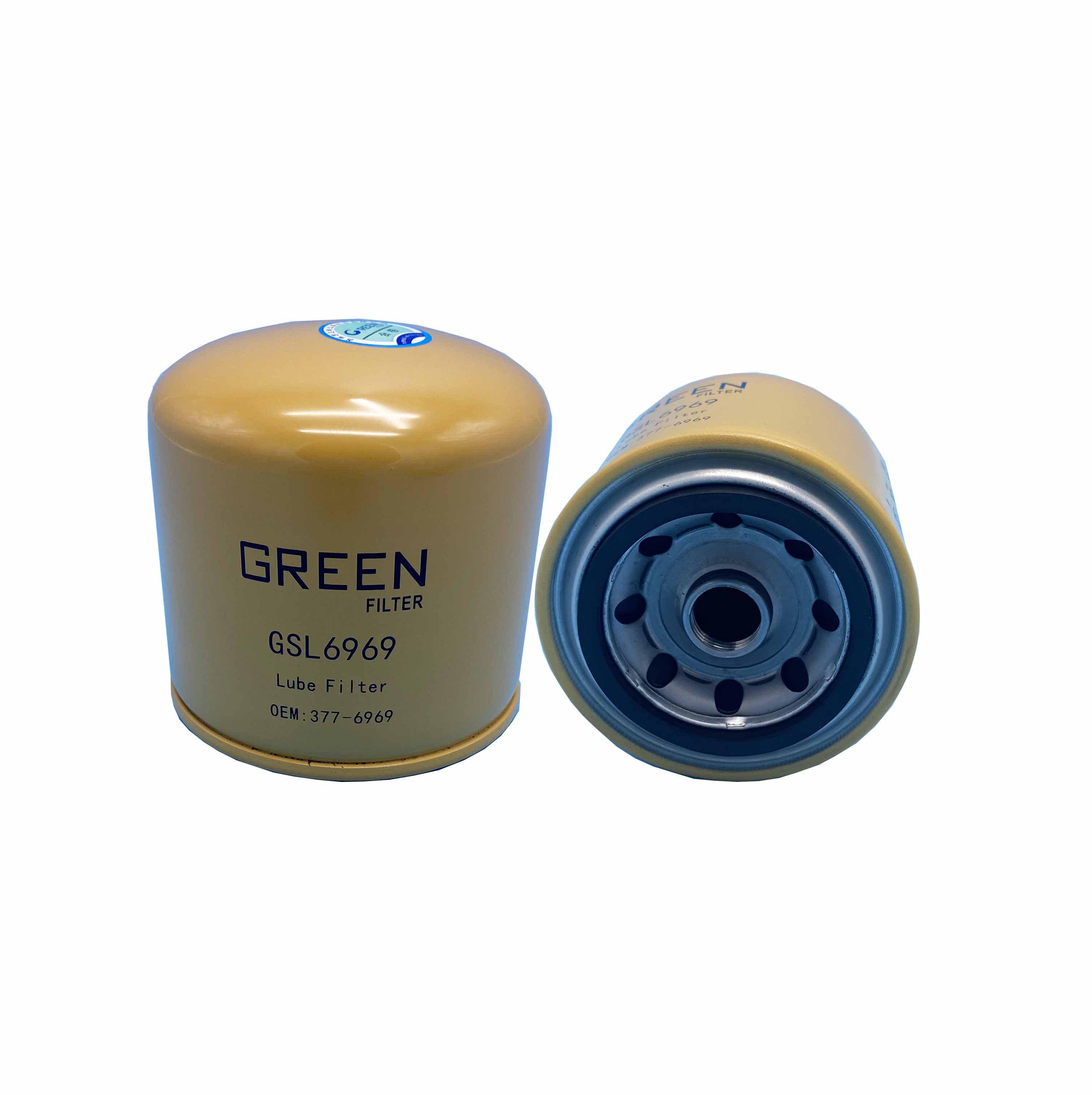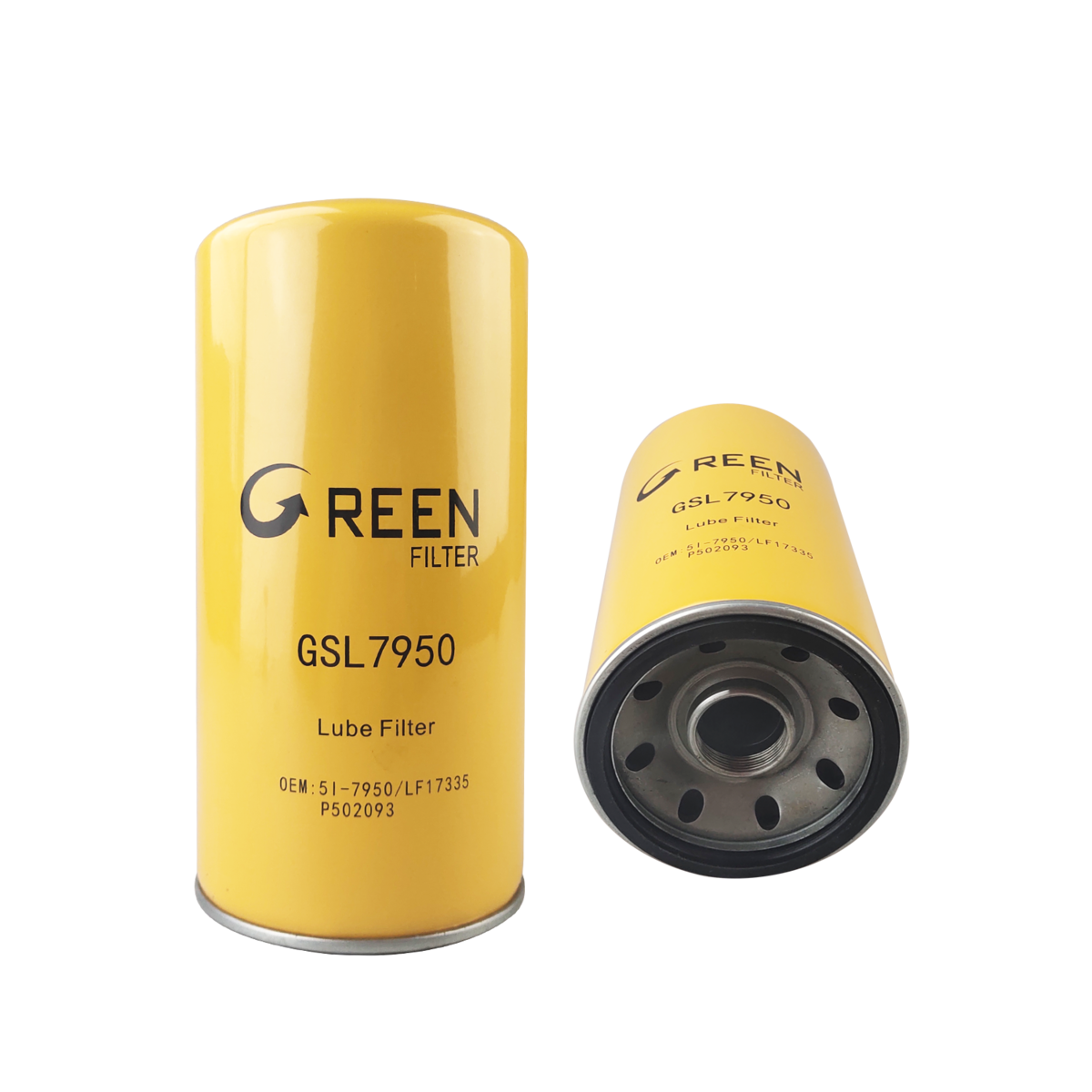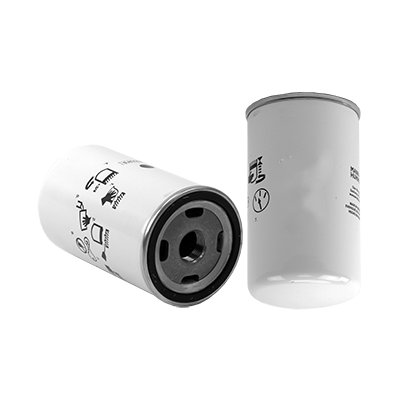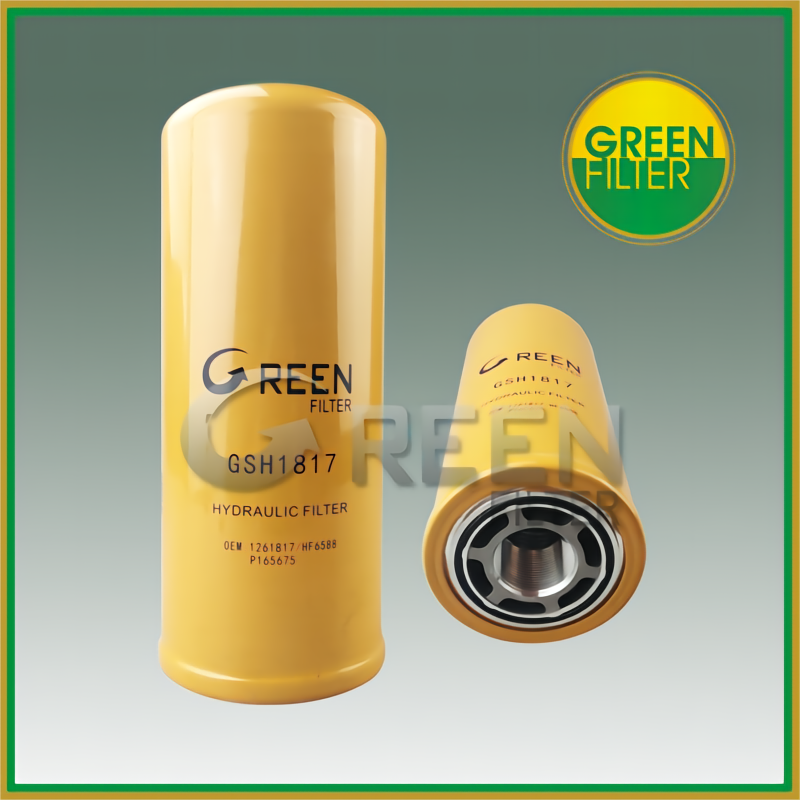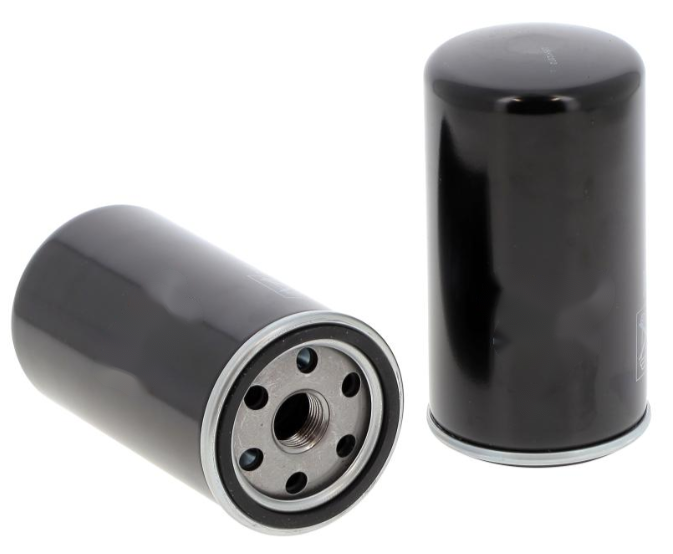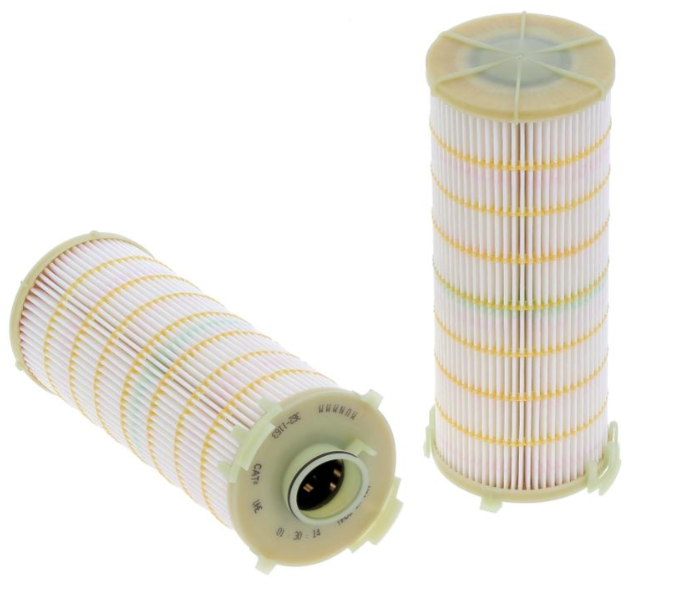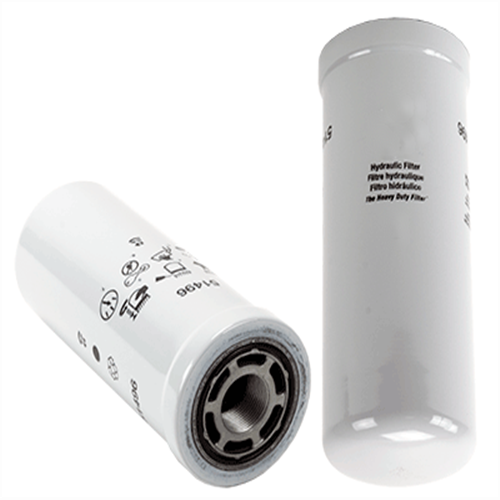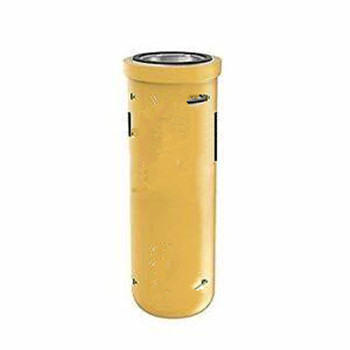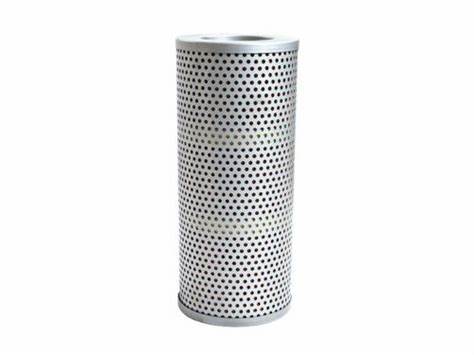Oil/Lube Filter
CAT Filter Series Oil/Lube Filter
When you refer to "CAT oil filters" you are probably referring to the oil filters that Caterpillar designs and manufactures for its engines and equipment.
Oil filters are a critical component of any engine system, including those manufactured by Caterpillar. They help remove contaminants from your engine's oil, ensuring smooth and efficient engine operation. Regular oil filter changes are an important part of routine maintenance to ensure engine longevity and performance.
The CAT range of filters designed by Zhejiang Zhenhang Industrial Group Co., Ltd. typically offers a range of filters, including oil filters, designed specifically for their engines. These filters are designed to meet the specifications and requirements of Caterpillar engines to provide optimum performance and protection.
If you require a CAT oil filter, it is usually available through the CAT range of product designs we offer, we also have online retailers or directly by clicking on www.zhenhangfilter.com. Ensuring that you use a genuine CAT filter or one that meets Caterpillar's specifications is very important to maintain the reliability and performance of your equipment. Use of substandard filters may cause engine damage and void the warranty.
How to Check the CAT Oil Filter?
Checking the condition of your Caterpillar (CAT) oil filter is an important part of routine maintenance for any Caterpillar engine or equipment. Below are general guidelines on how to check your oil filter:
- SAFETY FIRST: Before starting any maintenance, make sure the engine is turned off and cooled down to prevent any risk of burns or injuries.
- Locate the Oil Filter: Depending on the model of your Caterpillar engine or equipment, the oil filter may be located in a different place. Typically, it is attached to the engine block or oil pan. Refer to your engine or equipment manual for specific instructions on oil filter location.
- INSPECT THE OIL FILTER HOUSING: Inspect the oil filter housing for signs of leaks, cracks, or damage. Damage to the housing may result in oil leaks and engine damage.
- CHECK FOR CONTAMINATION: Carefully remove the oil filter from its housing. Inspect the filter element for any signs of contamination, such as dirt, metal particles, or sludge. Excessive contamination may indicate engine problems or the need for more frequent oil changes.
- CHECK SEALS: Check the rubber seals or gaskets on the oil filter for any signs of damage or wear. Damaged seals can lead to oil leaks.
- Check the filter element: Look for signs of clogging or saturation on the filter element. If the filter looks too dirty or clogged, it needs to be replaced.
- Compare it to a new filter: If you have a new filter on hand, compare it to the old one to make sure they are the same size and configuration.
- Replace if necessary: If the oil filter shows signs of damage, contamination or clogging, replace it with a new one. Make sure the replacement filter meets Caterpillar's specifications and is compatible with your engine or equipment.
- Proper Disposal: Dispose of used oil filters properly in accordance with local hazardous waste disposal regulations and environmental guidelines.
Record maintenance: Keep track of when oil filters are inspected and changed. Regular oil filter changes are critical to maintaining the performance and life of your Caterpillar engine or equipment.
Always refer to the specific maintenance guidelines and recommendations provided in your engine or equipment manual for the most accurate information on checking and changing your oil filter.
How about buying the right filter?
To buy the right filter, you can take the following steps:
- Determine the need: first, identify what type of filter you need to buy, such as an air filter, oil filter, fuel filter or water filter. You need to know the exact specifications and model number you need for your equipment or engine.
- Check the manual: Check your equipment or engine's manual, which usually provides specifications and recommendations on the filters you need to make sure you're buying the right product.
- Find an Authorized Dealer: Try to buy filters from an authorized dealer or official source to ensure that you are buying an original product of reliable quality or a replacement that meets the specifications. You can find information about authorized dealers through the brand's official website or dealer network.
- Buy online: Many online retailers offer various brands and models of filters. You can search and compare the prices and specifications of different products on these websites to choose the filter that best suits your needs.
- Ask a professional: If you don't know much about the specifications and models of filters, you can consult a professional technician or mechanic who can advise you and help you choose the right filter.
- Compare price and quality: When buying filters, besides focusing on the price, you should also pay attention to the quality and performance of the product. Choosing a product with reliable quality and stable performance will ensure that your equipment or engine is well protected and running.
- Pay attention to accessory matching: When buying a filter, make sure it matches the model and specifications of your equipment or engine. Different models of equipment may require different sizes of filters, so pay special attention to accessory matching.
- Evaluate customer reviews: When choosing a filter, you can check reviews and feedback from other customers to learn about the actual effectiveness of the product and the user experience, so that you can make a more informed buying decision.
By following these steps, you should be able to find the right filter and ensure that your equipment or engine is well maintained and protected.

